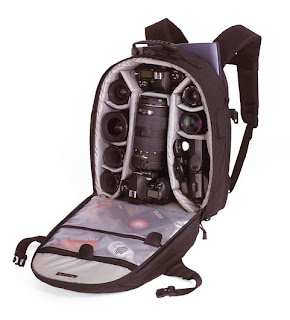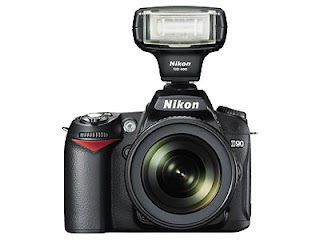
Get a coffee...this is a good read.
Explanation #1 - Autofocus with Contrast Measurement Not Perfect in Nikon D90
If a camera knows the distance to a subject, it is easy to focus. But the camera does not know this; in practice, it has to guess the distance.
All cameras attempt to find a focus distance with the help of the function autofocus (or AF). This is done quite automatically, typically when the release is pressed halfway down. The camera’s electronics tries to identify the main subject and the distance to it, so that it can focus. There is a little motor in the lens, which can move the optics, so that the focus is altered.
Contrast is bigger, when the image is focused. Autofocus examines the image to find the area, which has the largest contrast.
The focusing itself is done with the help of contrast measurement of the light, which comes through the lenses. The image sensor measures the contrast in selected areas of the image’s pixels. The area, which contains the biggest contrasts, is identified as the focus area. Then the lenses are just moved back and forth until there is maximum contrast in the area in question.
When the contrast is at a maximum, the camera assumes that it is focused on the main subject. The contrast is examined in the points and the lens is set to focus on the point, which has the biggest contrast. This point is often accentuated in the viewer or on the LCD screen.
There are two problems with autofocus: If there isn’t enough light for taking an exposure, then the system doesn’t work; there has to be light for measuring the contrast. The other problem is that the autofocus has to find the distance to the right subject. This isn’t always easy.
When the release has been pressed halfway down, the AF system measures the contrast in the points. The point that has the biggest contrast, is assumed to be the subject, and is, therefore, focused on. The active focus point is often lit up with green or marked in another way, when the camera has decided where it should focus. There might also be a little bleep in the camera’s loudspeaker indicating that the focus point has been found.

















































